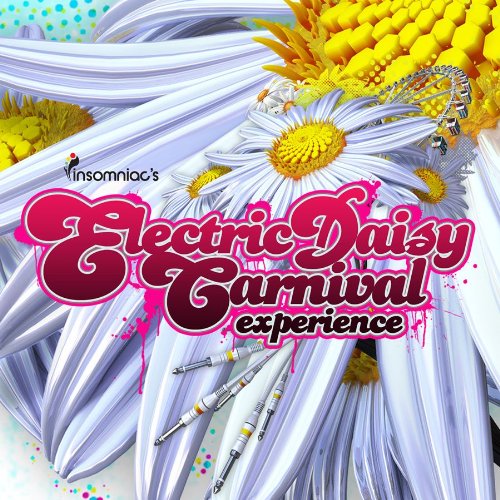
America’s largest dance music festival has been under fire for the last year after massive fallout from the 2010 edition captured in this film. A teenage girl’s drug-related death at that show led to a firestorm of publicity that later exposed financial corruption among the LA Coliseum officials who had allowed the event to take place there for many years, forcing the event’s move to Las Vegas this year. Then when this documentary premiered to an invitation-only audience in Hollywood last week, hundreds of uninvited guests showed up in response to an ill-advised tweet from featured DJ Kaskade and forced the police to shut down Hollywood Blvd, which also led to some altercations and enough added controversy that many theaters including AMC and Edwards have now backed out of this week’s theatrical debut. All this fuss about a rave?
By last year, the rave in question had grown through the years from a humble affair to a gigantic two-day weekend blowout for 185,000 party people, taking over the Olympic venue around and inside the LA Coliseum with multiple DJ stages and talent and top-notch production including elaborate lighting, dancers, fireworks, and carnival rides. The “experience” in the film’s title is completely appropriate, as the event is a senses-shattering explosion of light and sound that takes attendees on an unforgettable mind-expanding trip with or without chemical assistance. With so much happening throughout the grounds, it’s a logistical impossibility to present the full flavor of the event in a movie format, but filmmaker Kevin Kerslake stepped up to the challenge with a huge camera crew including air support for some truly dramatic overhead shots of the massive attendance.
Kerslake’s approach merges show footage with interviews with some of the talent including the aforementioned Kaskade, assorted go-gos, promoter Pasquale Rotella, Steve Aoki, and the seemingly out of place Travis Barker and Will.I.Am. Guess who he almost entirely excluded from his interviews: the 185,000 attendees. That’s a big miss in a production that purports to capture the essence of the show, as the ravers are the heart and soul that have kept the carnival churning and growing through the years. Sure, most of them probably didn’t have any great insight to offer other than “whoa, awesome lights dude”, but surely he could have found some willing participants who could coherently express how much the music and the event have meant to them. Instead, we spend an inordinate amount of time tracking the arc of a go-go hired for the event, meeting her mom, riding in her car, and taking a peek at her backstage preparation. Why? Insomniac Events surely wanted to stress how much effort and finance they put into the hundreds of elaborately costumed dancers they hire for the event, but to the average attendee that’s a very small facet of the overall experience.
The DJ interview footage isn’t particularly enlightening, with Kaskade getting the lion’s share of the attention as something of a native son for the festival but mostly just recounting how awesome it is to be a part of the show. Elsewhere, we track Steve Aoki from his home to the event, following him right onto the stage as he launches the party into high gear, but his biggest revelation is the contents of his refrigerator at home. He makes a joke about the footage being an episode of MTV’s Cribs, but it’s not far from the truth. Surprisingly, the now far-from-underground Will.I.Am best captures the spirit and history of the music and event, eloquently talking about his passion for the music and dj strategy as well as revealing that he’s known Rotella since 7th grade. Elsewhere, KCRW DJ Jason Bentley and URB magazine founder Raymond Roker, longtime champions of the LA EDM scene dating back to its underground roots, share their worthwhile insight.
As for the performance footage, Kerslake sticks almost entirely to the main stage inside the Coliseum, basically recording a song per headlining dj while interspersing with crowd, dancer, and firework footage. It’s a fine approach that reveals the gigantic scale and awesome production qualities of the show, with the only drawback being the failure to spotlight the many other acts performing around the outside of the Coliseum. Only dubstep ace 12th Planet gets some side stage love in the film, providing a welcome respite from the largely 4/4 trance/house/techno offerings inside the Coliseum.
At over two hours, the film is too long. It’s understandable that there were dozens, probably hundreds, of hours of footage to pull from, but considering how much time is wasted on the pointless go-go scenes there was definitely more room to cut. Also, considering how notorious the event was due to the teenage death, it’s surprising that there’s absolutely no mention of it. Instead, the only R.I.P. is reserved for deceased DJ AM, featured here in one of his final performances. With the attention heavily weighted to the DJs, Insomniac staff, and backstage production and action, the film ends up feeling more like a puff piece for the promoters than any attempt at a full-faceted document of the event. However, it’s still a thrilling reminder of the power of electronic dance music to unite, entertain, and inspire.